NY mosques are struggling to serve migrants as Ramadan begins
March 13, 2024, 5:01 a.m.
Mosques are increasingly caring for a wave of West African migrants.
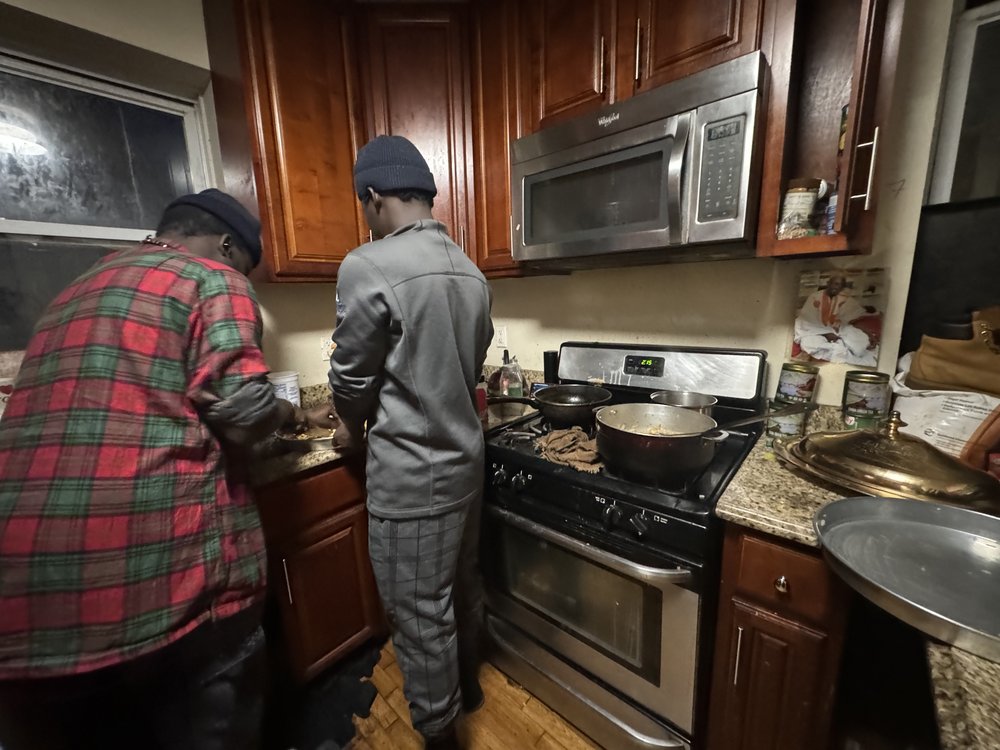
Before breaking his fast on the first day of Ramadan, Imam Omar Niass opened his bills.
He tore open an envelope from Con Edison: an electric bill for $7,950.03. Another was a water bill for $10,962.76. The letter warned that his account was 90 days overdue and “seriously delinquent,” and advised him to “pay now before enforcement actions begin.”
For more than a year, Niass has allowed any needy migrants to sleep in his mosque in the basement of his North Bronx home. He currently hosts about 100, most of whom are Muslim and from West Africa. But as he’s taken in more migrants, fewer longtime congregants have come to the mosque due to a lack of space, and he’s stopped receiving donations. He said he’s emptied his bank account to follow his religious and moral duties to care for the poor.
“I need help,” he said. “If nobody help me, we just pray for God.”
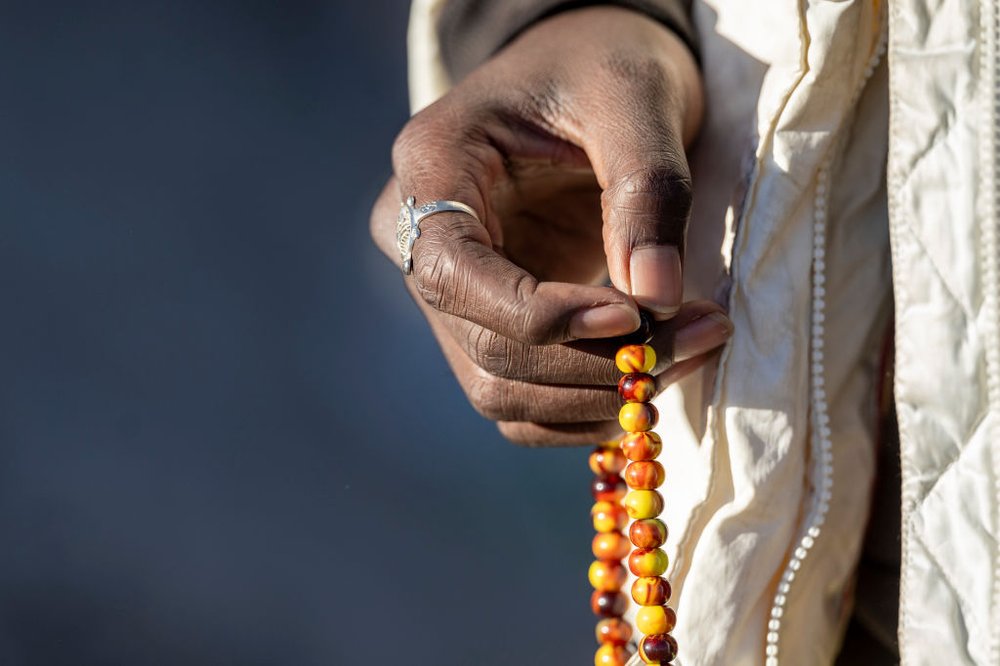
Niass' mosque, Jamhiyatu Ansaru-Deen, is among several throughout the city that are stretched thin and struggling to pay bills as they shelter and care for a growing new wave of West African migrants landing in New York City.
And Ramadan, which began earlier this week, poses another financial struggle, with more worshipers to feed during twice-daily religious meals.
The imams of some of the roughly 20 mosques helping migrants said they are hoping the holiday's emphasis on charity will help them take in more donations to keep operations running, but it’s unclear how much more money congregants can give.
The imams said they're hoping the city will provide more help even though they've received little to no financial support so far.
Helping immigrants, we don’t stop. Ramadan, not Ramadan, we’re still doing it.
Imam Cheikh Ndao at Darou Salam Islamic Community in the South Bronx
The mosques’ expenses, which run into tens of thousands of dollars a month at some locations, are among the hidden costs borne by religious institutions, nonprofit organizations and other groups caring for migrants – on top of the $10.5 billion the Adams administration said it will spend on migrants’ care and shelter through June 2025.
Some 180,000 migrants have come to New York in an influx that began in April 2022, and an estimated 65,000 are still in the city’s care.
Imam Mohamed Sangare of Harlem's Muhammad Ali Islamic Center said he's mulling a monthly repayment plan to pay back $20,000 in debt for unpaid electricity bills tied to migrants’ care.
And on many Fridays, Imam Cheikh Ndao at Darou Salam Islamic Community in the South Bronx asks worshippers to help chip in to pay monthly electric bills, which have nearly doubled to $2,000.
“You know, the community’s been doing that,” said Cheikhou Ann, a community health worker for the Immigrant Health Initiative at the New York-based Institute for Family Health, who assists migrants in mosques across the city. “So we don't know if they're gonna do more because of Ramadan. We hope.”
Newcomers on the move
The mosques are part of a small, relatively new network of local African institutions serving migrants from West Africa.
As the number of Africans crossing the U.S.-Mexico border more than tripled last year, the number of migrants in New York City shelters from West African nations also sharply increased. By the end of December, 14% of the 68,000 migrants in city shelters were from the majority-Muslim countries of Senegal, Guinea or Mauritania.
Ndao opened up a separate mosque across the street from his original Darou Salam location earlier this year to ensure there would be enough space for longtime worshippers.
Groups of new migrants — sometimes numbering in the dozens — sit on the new location's carpeted floors during the day, where they apply for insurance and city IDs, and sift through boxes of mail before they leave in the evening. The commotion comes to a halt five times a day, as they gather in a group and face Mecca to pray.
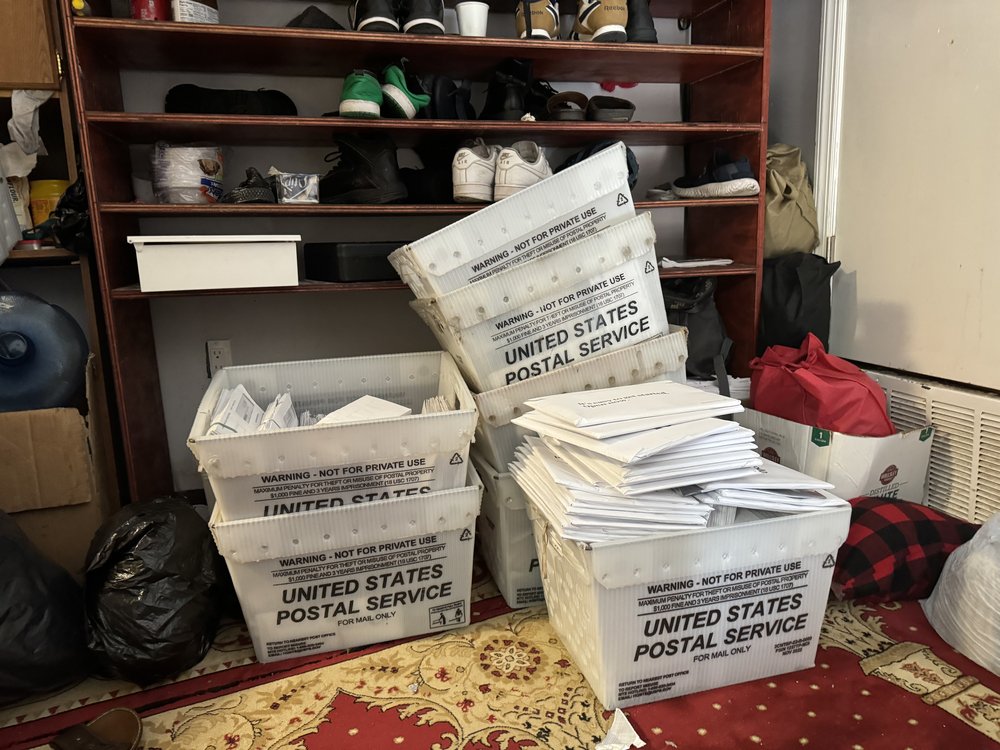
“It's so much overhead — uncontrolled bills that you don't even know how to cover,” Ndao said.
But, he added, “helping immigrants, we don’t stop. Ramadan, not Ramadan, we’re still doing it.”
Mosques disproportionately strained
As migrants have been pushed out of city shelters with 30- and 60-day limits on shelter stays, more have turned to ad-hoc living situations, including staying in crowded houses of worship, according to imams and migrant and housing advocates.
About 20 mosques across the city have become informal hangout sites where migrants can rest, stay warm, charge their phones, and in some cases take showers during the day, according to the nonprofit Interfaith Center of New York and other advocates working with migrants.
Eight of those mosques are currently providing shelter overnight, according to the center. To clear space for Ramadan activities, some imams asked migrants to leave and request beds in city shelters.
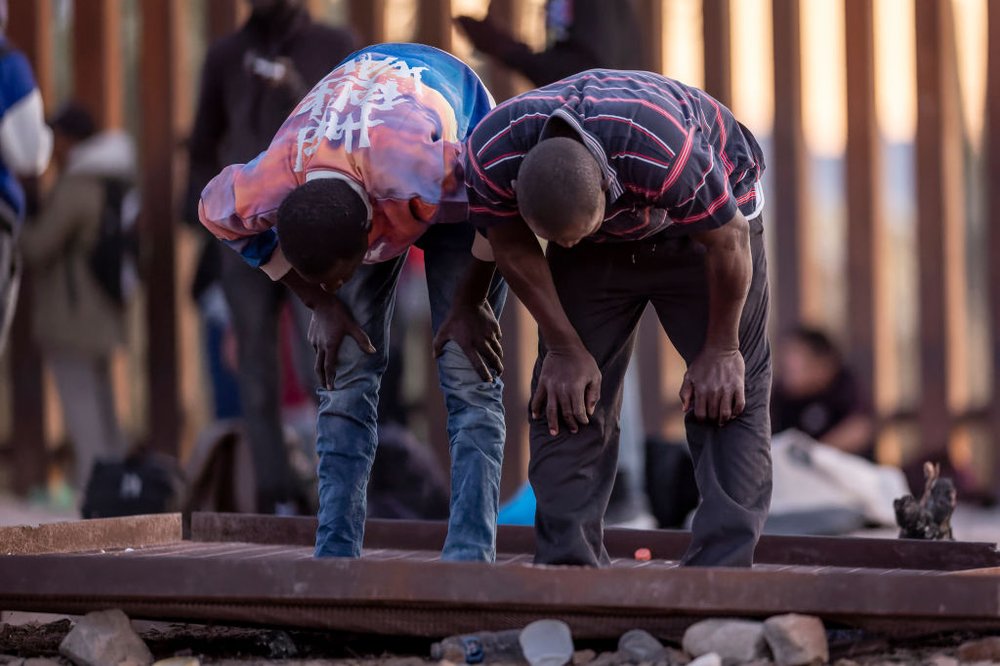
While other faith-based institutions have helped migrants, mosques have disproportionately taken on the burden of sheltering new migrants, according to Interfaith Center of New York.
But local mosques — especially smaller West African congregations — often don’t have as many resources to draw from, said Brennan Brink, a center staffer working on migrant-related issues. He said other religious institutions assisting migrants have more savings or wealthier congregants they can rely on, whereas the mosques lack the same financial safety net.
The other houses of worship, Brink said, are “just in a different financial situation where serving the person in front of them is not going to put their infrastructure at risk."
Ineligible for city shelter funds
The Adams administration launched a $75 million program last summer to provide funding and other aid for 50 houses of worship to become temporary shelters.
But only five faith-based institutions are currently in the program, according to City Hall spokesperson Kayla Mamelak. None of them are mosques.
Many applicants were rejected because they didn’t meet certain fire and building regulations. That’s especially the case for mosques, about 18 of which were rejected, according to Peter Gudaitis, the executive director and CEO of NY Disaster Interfaith Services, the nonprofit contracted to run the program.
Some other houses of worship that could potentially have met the requirements with a few fixes, including two mosques, didn’t want to agree to the terms of the city’s contract, he added.
Many mosques that applied were located in converted houses and commercial spaces that were structurally unfit to become shelters for reasons such as a lack of open space and fire exits, he said.
"This isn't just about some rigid process that they want to participate in and they can't participate in," Gudaitis said. "There are bigger issues, safety issues."
Imam Ndao at the Darou Salam mosque said he received $5,000 from the mayor's office to help with migrant-related expenses, but it hasn't been enough to keep up with the growing costs.
He also applied for the faith-based shelter program but said he would have had to spend $84,000 to renovate the nearby location he found, to add sprinklers and adjust the bathroom, among other fixes. And he said the city contract wasn’t enough to cover the rent.
The city offered to help with some small fixes, like installing sprinklers, said Ann, the public health worker who frequents the mosque.
“But the rest, you have to do it on your own,” he said.
Feeding more people
Suhoor and iftars — the daily meals before and after breaking Ramadan fasts — are only adding to some imams' financial strains.
Ndao said his daily catering costs have jumped about $400 to accommodate an extra 100 to 200 people. Sangare said he asked congregants to pitch in for evening iftar meals: "Whatever you have as a food to break fast, bring everything."
That’s why the Interfaith Center of New York is spending $22,000 to cater halal meals for 100 people at the neediest mosques across the city during every day of Ramadan, according to Brink.
That’s on top of the $20,000 the nonprofit has sent so far this year to mosques helping migrants, mostly to help them cover their rent, electricity and water bills.
On Monday, the first full day of Ramadan, Brink arrived at Niass’ home carrying paper bags filled with takeout containers of lamb in peanut sauce from a West African restaurant in Queens.
Migrants inside boiled tea and distributed dates Niass bought, which are traditionally eaten when breaking the fast.
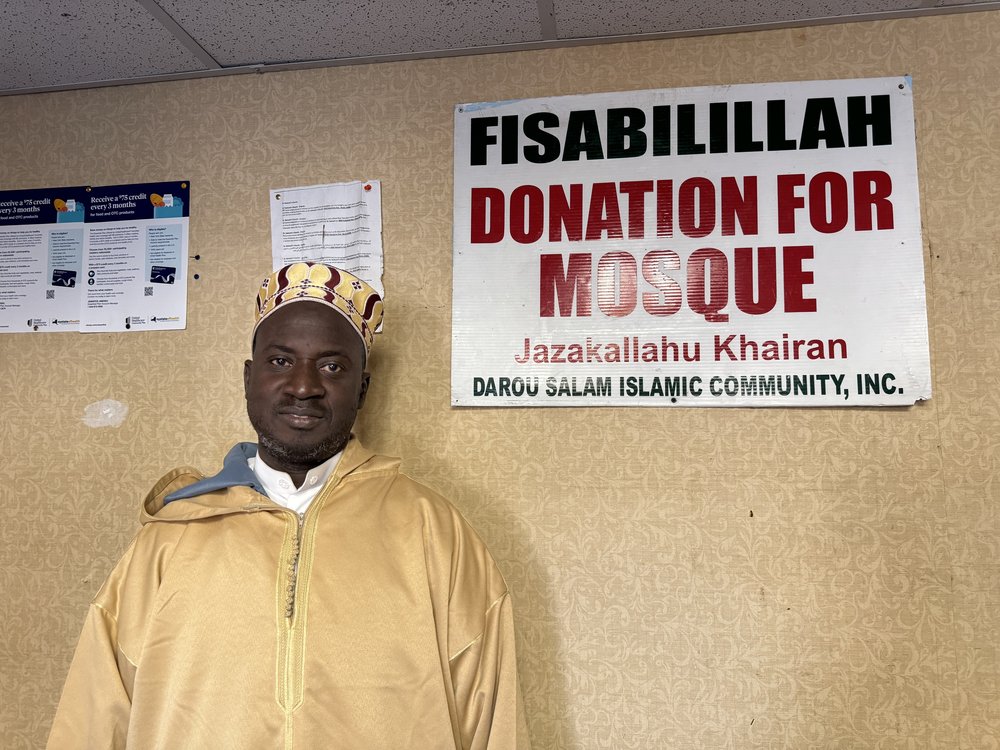
A small group huddled inside Niass’ kitchen, cooking omelet sandwiches and Senegalese food, including a lamb stew called yassa yapp. Others sat on his couch and watched a French-language African news program on the TV. Dozens more ate their takeout dinners on the carpet of the basement mosque.
Malek, 29, from Senegal, said Ramadan is a time to focus on his faith.
“You focus on your religion,” said Malek, who asked not to share his last name for fear of jeopardizing his immigration case. “Life is very difficult now. So when you are in Ramadan, you forget that.”
When Niass arrived later that evening, he gathered the men in the mosque and asked them to avoid congregating in the street and bothering neighbors.
Niass said he wasn’t yet sure how he’d pay for the rest of the meals during Ramadan.
“What I eat tomorrow, I don’t know yet,” Niass said. “But God knows.”
In Harlem’s ‘Little Senegal,' West African migrants find community and challenges Where did the migrants who left NYC’s shelter system go? An African worker-led cooperative helps New Yorkers lost in translation Where are they now? Migrants who slept on the Midtown sidewalk.